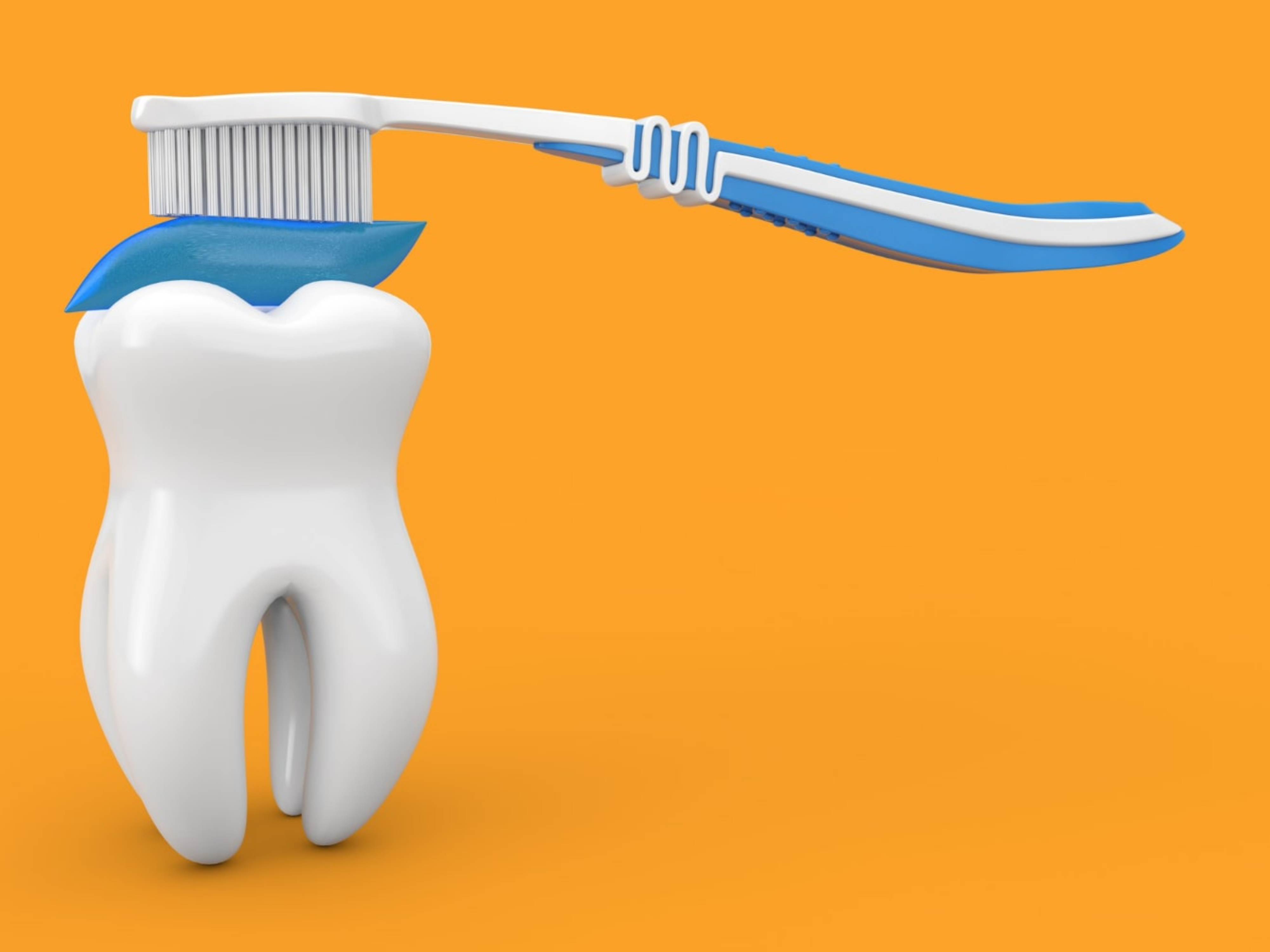+++ author = “Dr. Anjali Raja Beharelle” date = 2020-09-24T22:00:00Z description = “Patient engagement has become a bigger priority for health care providers in recent years. Lack of engagement can especially be a problem for patients with chronic diseases, who carry a significant burden with managing their own care and account for a large share of health care costs.” image = “/images/behavioral_economics-min_new.jpg” image_webp = “/images/behavioral_economics-min_new.webp” title = “How behavioral economics can improve medication adherence” type = “post”
+++
Programs designed to increase engagement have often been based on the classical economic idea that patients are completely rational decision makers. Despite being grounded in economic principles, many of these programs have had minimal impact or even caused unintended consequences. For example, consumer-driven initiatives required patients to pay a high deductible for health care services under the assumption that when required to pay up front, patients will use cost-conscious strategies to select high value services. Instead, these plans discouraged patients from using any services, high or low value. Patients were simply not informed of the monetary value of services available to them [1,2]. Other similarly well-meaning initiatives have suffered from lack of engagement.
Behavioral economics, on the other hand, can account for the psychological, cognitive, emotional, and social factors that influence an individual’s decision-making. By addressing decision errors that can contribute to harmful outcomes with behavioral economics, one may be able to promote engagement and help patients achieve their own health goals.
In one powerful study, an employer wanted to incentivize employee’s completion of a health risk assessment with $50. In an economically rational treatment, the employer awarded the $50 to all employees who completed the assessment. In a second treatment, employees were entered into a “regret” lottery: The employees were divided into groups, and each week one group was chosen at random. Anyone in the winning group who had completed the assessment received $100, and if over 80% of the group had completed the assessment, everyone who completed was awarded an extra $25. In the second treatment, the total possible incentive was $125, however, given the probability of winning, the expected value of the incentive was designed to still be $50. At the end of the study, the first group increased their participation from 40% to 44%, however, the group with the regret lottery increased to an astounding 64% [3]. This use of the lottery demonstrates the potential for taking advantage of regret theory, social norms, and the enjoyment created by taking part in a lottery in order to promote engagement.
Similarly, nudge theory suggests that small changes in the choice architecture of patients’ environments can lead to big behavioral changes [4]. Interacting with patients frequently through rewards and reminders to take medication, for example, is more likely to increase engagement than providing one lump sum reward after a longer period of time [3]. Furthermore, by leveraging loss aversion, or the fact that the pain felt from a loss is about twice as powerful as the joy felt from a gain [5], the motivational power of incentives can be increased. A recent review highlighted the effectiveness of studies using a combination of behavioral economic interventions as well those providing feedback in increasing medication adherence [6].
Collabree will apply such a combination of the behavioral economics principles including loss aversion, frequent reminders, and feedback to promote medication adherence in patients with chronic illnesses. Still, such nudges addressing medication intake alone may not be enough. Collabree will also encourage increased health literacy with quizzes to help improve overall health and wellbeing in patients.
1. Newhouse, JP, Insurance Experiment Group. Free for All? Lessons from the RAND Health Insurance Experiment. Harvard University Press; 1993.
2. Hsu J, Price M, Huang J, et al. Unintended consequences of caps on medicare drug benefits. N Engl J Med. Published online 2006. doi:10.1056/NEJMsa054436
3. Volpp KG, Asch DA, Galvin R, Loewenstein G. Redesigning employee health incentives — Lessons from behavioral economics. N Engl J Med. Published online 2011. doi:10.1056/NEJMp1105966
4. Thaler RH, Sunstein CR. Nudge: Improving Decisions about Health, Wealth, and Happiness.; 2008. doi:10.1016/s1477–3880(15)30073–6
5. Tversky A, Kahneman D. Advances in prospect theory: Cumulative representation of uncertainty. J Risk Uncertain. Published online 1992. doi:10.1007/BF00122574
6. Roseleur J, Harvey G, Stocks N, Karnon J. Behavioral Economic Insights to Improve Medication Adherence in Adults with Chronic Conditions: A Scoping Review. Patient. Published online 2019. doi:10.1007/s40271–019–00377–8

